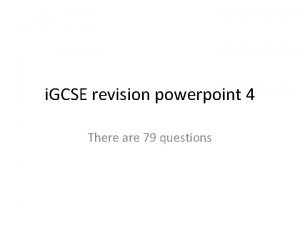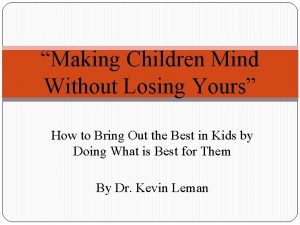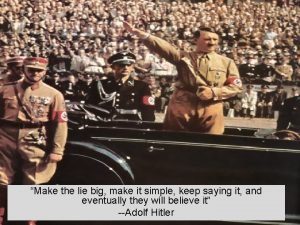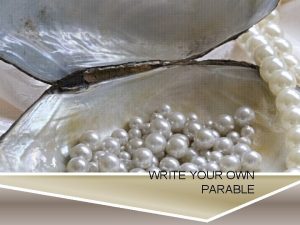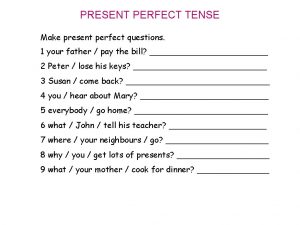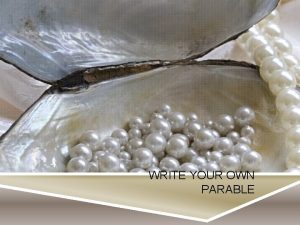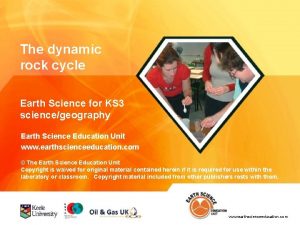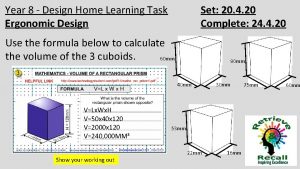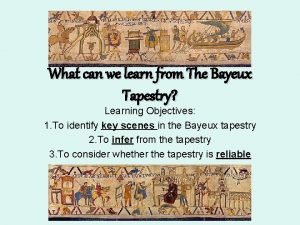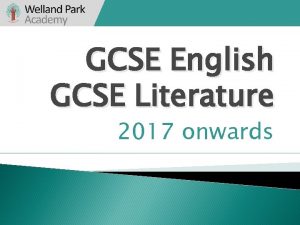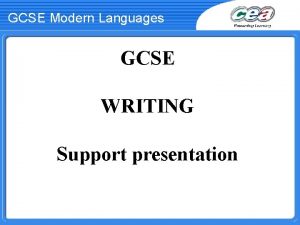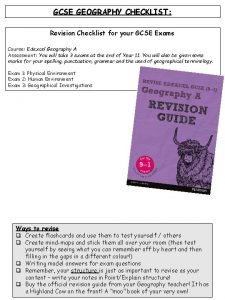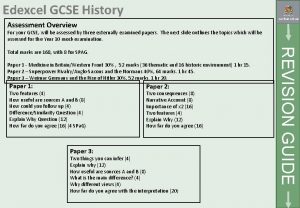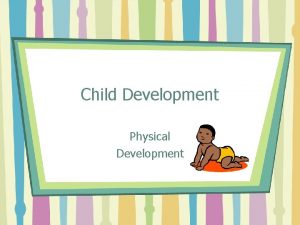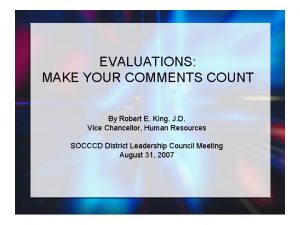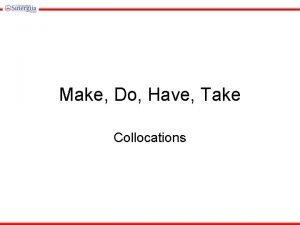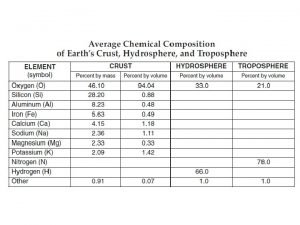GCSE Child Development How to make your child





















- Slides: 21

GCSE Child Development How to make your child study brilliant!

Planning for lessons § w/b 18 th January § All visits carried out and ready to be written up. § Exam paper 2013 § w/b 25 th January § Write up all visits – child study assessed § Hand in exam paper on Thursday 28 th

Planning for lessons § w/b 1 st February § Complete details for each visit based on feedback § Exam paper 2014 § w/b 8 th February § Discuss final evaluation § Hand in exam paper on Thursday 11 th

Planning for lessons § w/b 22 nd February § Bring final evaluation and write up § Exam paper 2015 § w/b 29 th February § Complete child study § Hand in exam paper on Thursday 3 rd March Hand in Child Study on 8 th March

Quick wins § Every time you use a checklist you must say where you saw the child do the activity. § You must justify why you chose the task you are doing – look at Gracie example. § You must link research to the rest of your study, eg if you found out your child has a swing but not a slide, that may help your aims and expectations. § Follow checklists and note what to avoid on next few slides. § In your aim link to PIES – which are you observing? And research, why did you choose the activity?

Quick Wins § Additional Research for Visit – how will research help visit? Things like collecting recipes, Visiting where you will go with child, interview the parents. § Don’t just base expectations on milestones, base on activity, and what you know about the child. § Use correct terminology such as ‘parallel play’ § Evaluate each PIES Devt after each visit – use Gracie as an example. Also evaluate what stage child has gone through for that activity eg drawing. § Se phrases such as ‘according to Brennand & Hall…’

Quick Wins § Jessica – C grade § Gracie High B / A grade A* 56/60 A 52/60 B 44/60 C 36/60 D 28/60

Possible format for Child Study § Introductory visit § Choosing an AQA child study task § Research planning and research § Analysis and evaluation of research § Planning for visits (including additional research) § The four planned visits § Overall evaluation of study

Introductory Visit • Complete this before choosing a task • Carry out simple activities to help observations • Give personal opinions • Support observations and opinions with quotes and references specialist terms • Include a conclusion Try to avoid: • Too much irrelevant background information • Using checklists without supporting comments • Including copied background information on PIES

Planning Research • Decide on and plan your own research • Think about the purpose of the child study • Consider what you need to find out and why • Consider where you will gather information from • Include both primary and secondary research.

Research § State what you are doing and why before each main piece of research • Concentrate on the approximate age of the child • Constantly link research to child • Give own ideas and opinions • Use different methods of presentation Try to avoid: • Too much irrelevant research • Duplicating information

Analysis of Research § Analyse each main piece of research • Link analysis to aims • Highlight the most important information • Clearly use research to identify and justify activities for two visits Try to avoid: • Simply summarising what was done, why and how.

Visits plan § Provide a simple plan • Include activities and possible aims • Indicate which are task related visits Try to avoid: • Too much detail! • Retrospective planning • Basing all the visits on the Child Study Task.

For each visit § Activities and aims § Additional planning & research § Expectation § Observations § Evaluations

Activities and aims • Identify main areas of development to aim to focus on • Base these on the activities • Give reasons – link to previous research if relevant • Cover each area of development at some stage Try to avoid: • Too much repetition of the same developmental areas. • Too similar activities • ‘Testing milestones’ rather than using activities

Additional Research Explain what you are doing and why • Use/refer back to original research • Relate any extra research to child • Be concise and selective Try to avoid: • Too much research

Expectations • Where possible refer to research and planning • Refer to previous observations • Support with quotes, references, technical terms etc. • Be realistic about what aspects of development and milestones activities might encourage Try to avoid: • Using unrealistic copied milestones as expectations for all visits • Repetition – both of milestones and expectations

Observations Record the whole visit • Think about types of play seen as well as PIES • Include sufficient information to enable detailed evaluations • Use appropriate annotated photos • Include annotated examples of child’s work • Concentrate on the child

Evaluation of Visits • Evaluate all four areas of development in each visit • Concentrate initially on the stated aims • Link evaluation to expectations • Comment on any change or progress seen • Comment on success of research and activities • Include a brief conclusion. Try to avoid: • “S/he showed fine motor skills when. . . . ” • Only evaluating the expectations.

Checklist for Visit evaluations § Physical development § Intellectual development § Emotional development § Social development § Change & progression § Links to expectations § A comment on research & activities § Conclusion

Final evaluation Evaluate all areas of development play and learning • Include comments on value of research and activities • Identify change and progression • Give personal opinions • Compare to expected milestones Try to avoid: • Re-writing previous evaluations • Re-evaluating the research • Self-evaluation
 Gcse child development revision powerpoint
Gcse child development revision powerpoint Child development gcse grades
Child development gcse grades How to make your child mind without losing yours
How to make your child mind without losing yours Give us your hungry your tired your poor
Give us your hungry your tired your poor Make the lie big make it simple
Make the lie big make it simple Go make a difference in the world
Go make a difference in the world Make the lie big make it simple
Make the lie big make it simple Left child right sibling tree
Left child right sibling tree Own parable
Own parable Uc personal insight questions examples
Uc personal insight questions examples Your father pay the bill
Your father pay the bill Tabs for leaders book army dlc
Tabs for leaders book army dlc Let me see your hands clap
Let me see your hands clap Write your own parable assignment
Write your own parable assignment Make your own folds and faults answer key
Make your own folds and faults answer key Sing and make music in your heart to the lord
Sing and make music in your heart to the lord Make it your ambition to lead a quiet life
Make it your ambition to lead a quiet life Learning task 2 look around your home
Learning task 2 look around your home Make your own declaration of independence
Make your own declaration of independence What can we learn from the bayeux tapestry
What can we learn from the bayeux tapestry It's your turn to make predictions
It's your turn to make predictions How to make your money grow
How to make your money grow
